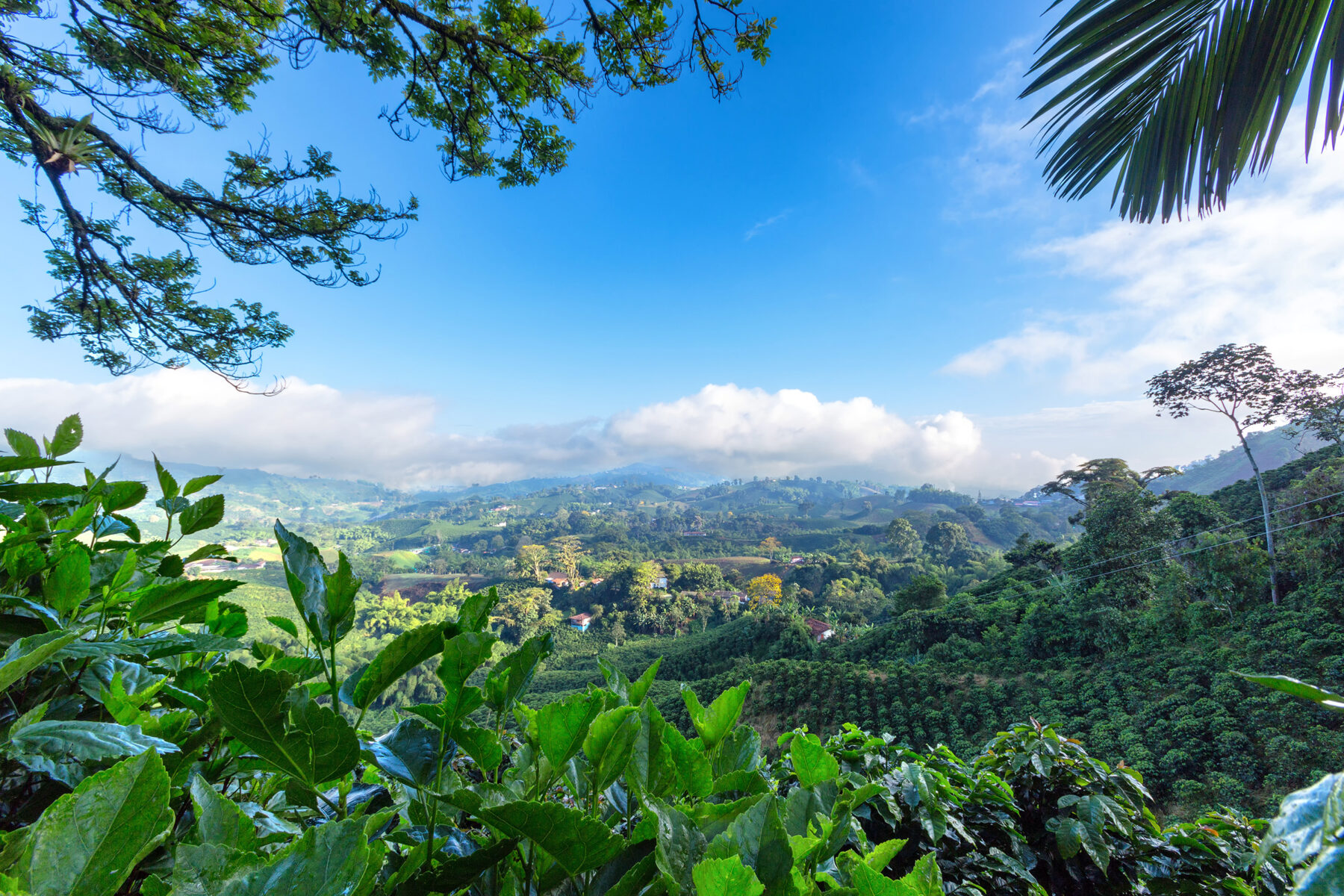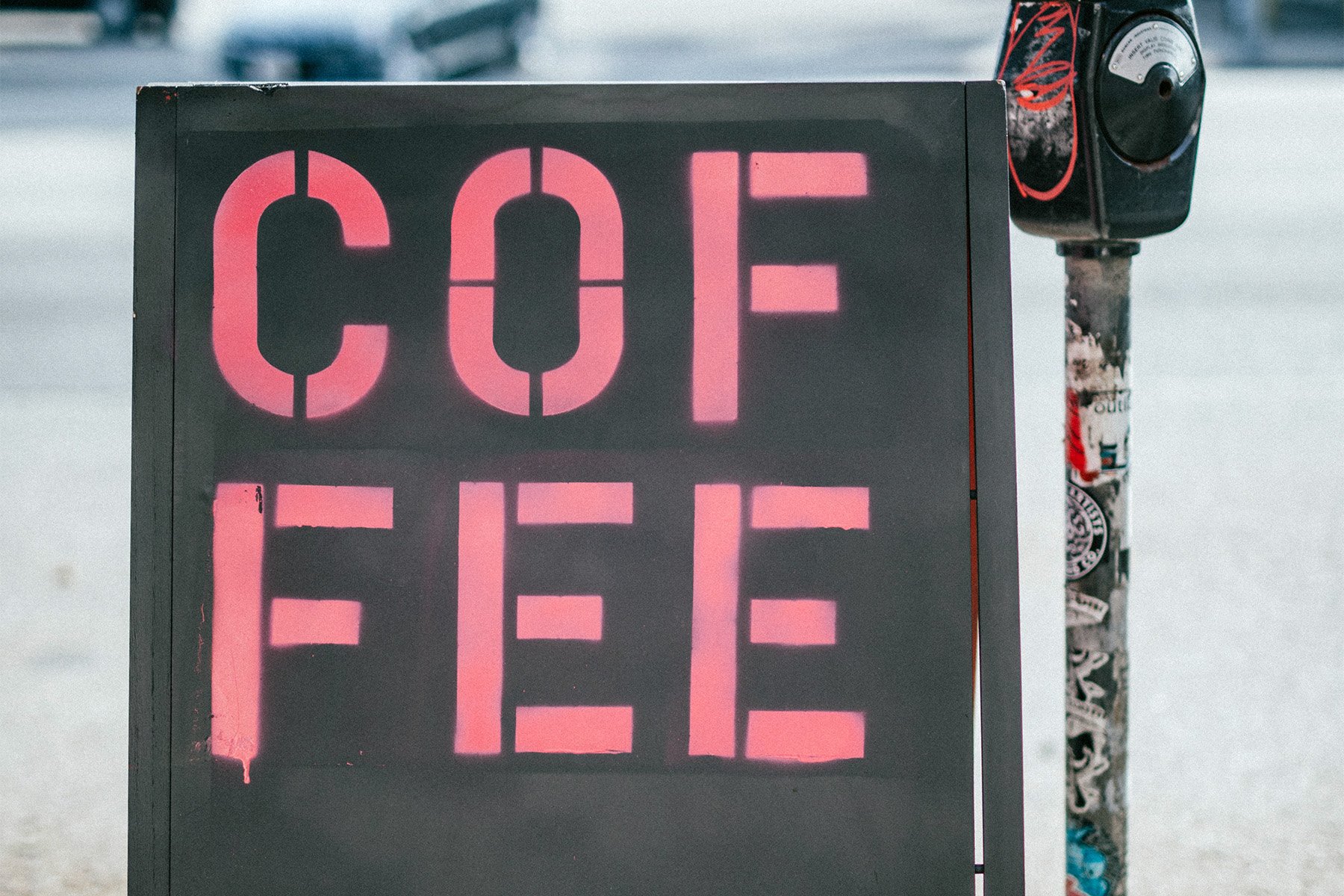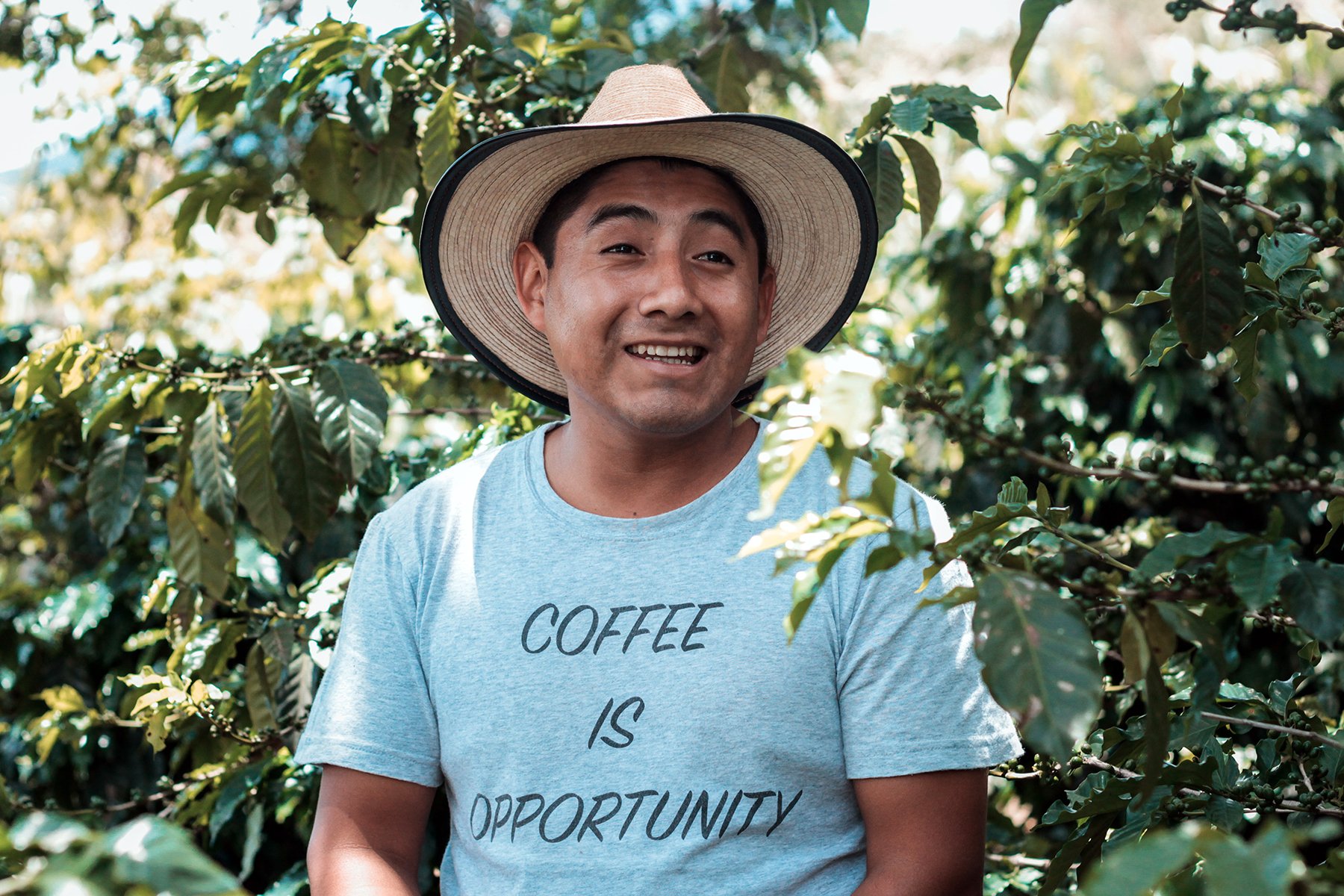
Coffee’s scale, reach and connections enable us to play an important role in achieving the Sustainable Development Goals.
Get the latest Audio Articles by subscribing wherever you get your podcasts
Coffee’s increasing focus on sustainability is both welcome and overdue. Sustainability issues have recently rocketed up many specialty coffee company’s priorities following interest from customers and employees. Plus the demands of the pandemic also raised awareness of the importance of building resilient, sustainable businesses.
However, positive outcomes from the industry’s efforts to date are less than clear. It’s not the level of ambition that’s the question; rather it’s doubtful that our actions have been sufficiently well targeted to make a meaningful impact.
This article starts by exploring what experts and the international community mean by sustainability. It then provides tips for how specialty coffee can better focus our efforts on things that make a difference today and benefit the industry tomorrow. And, as the first article in the new series, it lays the groundwork for ideas and action to come.
So, let’s start with what it means to be sustainable.
Hitting the sustainability bullseye
To be ‘sustainable’ requires balancing three, at times competing, priorities. In 2005 the United Nation’s World Summit identified sustainability as having economic, social and environmental considerations.
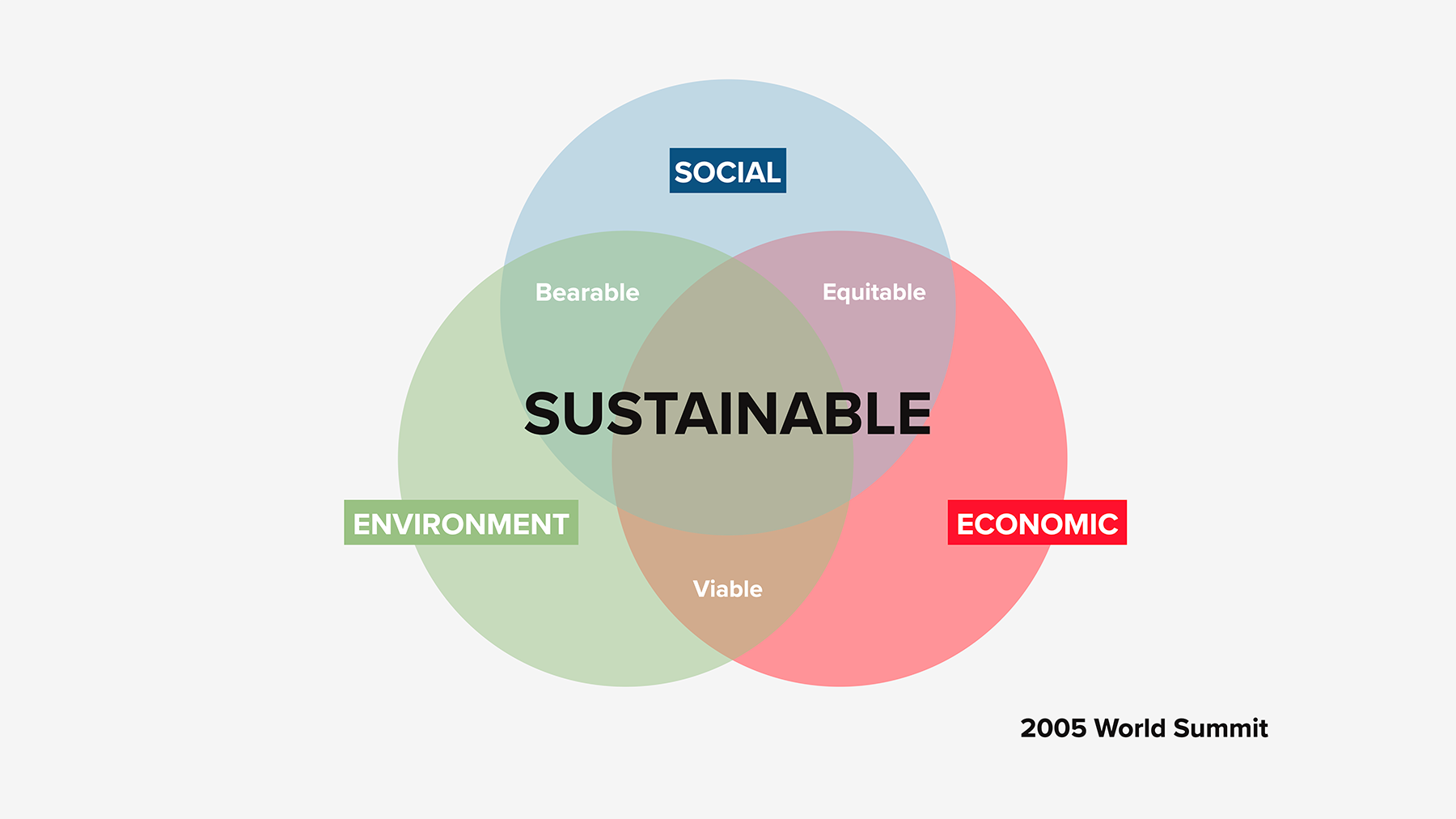
Sustainability requires the achievement of all three aspects over time. For example, a business lowering its environmental impact but unable to command sufficient revenues to be profitable, isn’t defined as sustainable. Neither is a business that focuses on profitability at the expense of its social or environmental impacts.
The working reality is that building a viable business is hard. And building a sustainable coffee business is even harder. We need coffee people and entrepreneurs that are up for the challenge.
The origins of sustainability stem from work by the United Nations in the 1970s and 1980s. In 1970 more than half the population of Latin America, Sub-Saharan Africa, East Asia and South Asia were living in extreme poverty. The situation and outlook was dire for many people living in these coffee-growing regions. And the situation was in stark contrast to the global north where countries had modernised and living standards were rising rapidly.
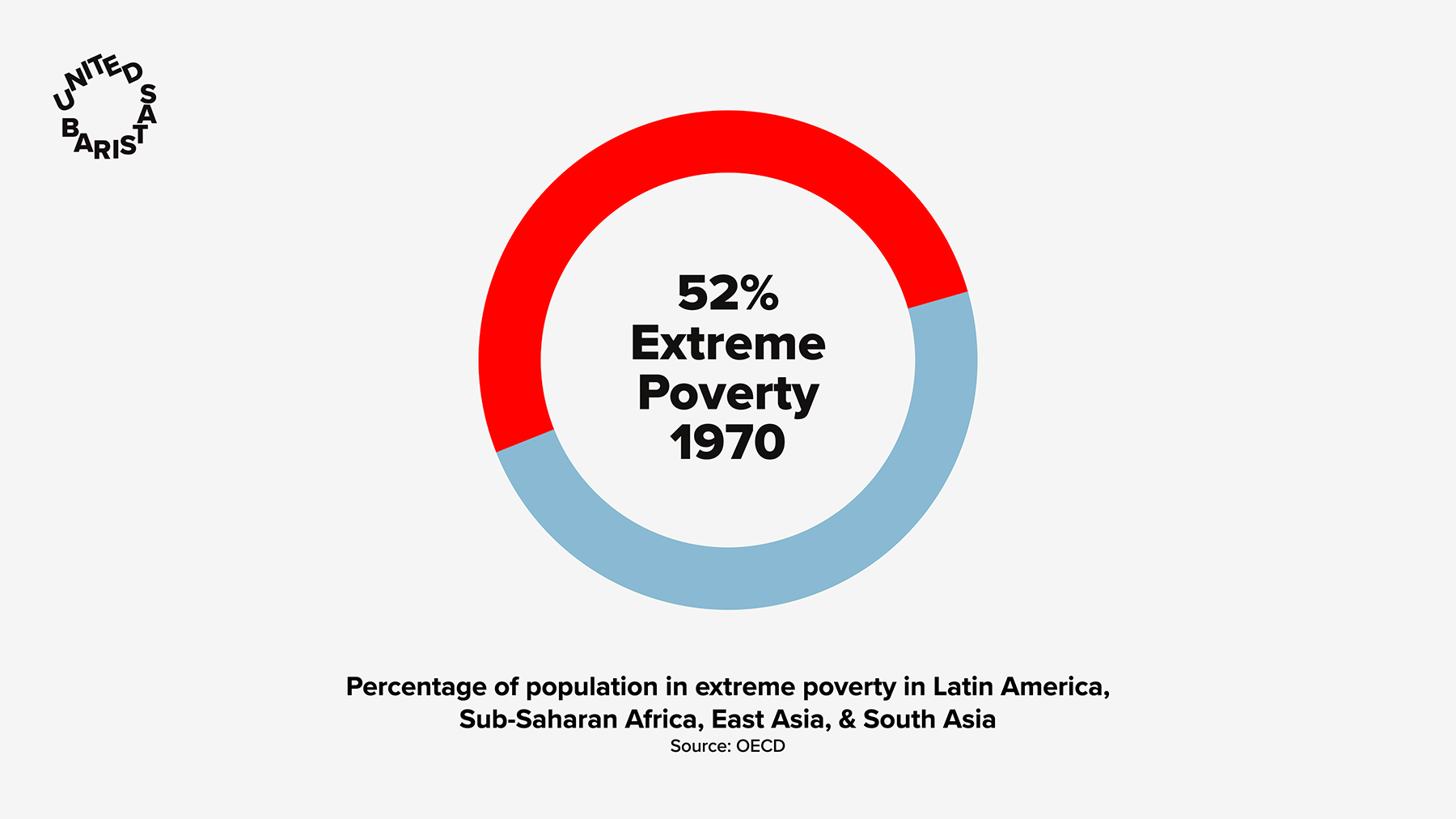
Upcoming Events
UK Cup Tasters Championship 2023
Manchester Coffee Festival 2023
Amsterdam Coffee Festival 2024
London Coffee Festival 2024
In 1972, the United Nations member countries gathered in Stockholm to identify ways to protect the environment and tackle under-development. Because the world was just starting to think about this issue, it was tricky to appreciate why some countries with similar starting points had developed and others had made less progress. And it was even harder to identify strategies to assist development, allowing countries to get richer and lift their populations out of poverty.
Progress was slow during much of the 1970s, in part because of the oil shocks that saw the price of petrol dramatically increase. The cost and availability of energy is a recurring theme in development issues. And the history that many developed countries turned their focus inward over this period to contend with rising inflation and the resultant domestic issues is pertinent for our time.
Humanity has the ability to make development sustainable to ensure that it meets the needs of the present without compromising the ability of future generations to meet their own needs
Our Common Future
After a largely lost decade, international development work began in earnest in the 1980s. In a key document titled Our Common Future written by former Norwegian prime minister Gro Brundtland for the United Nations, she explained that development priorities needed to meet ‘the needs of the present without compromising the ability of future generations to meet their own needs.’
It was a key moment in human history that recognised that equality should exist for all people living on planet earth as well as between current and future generations. It’s become a guiding principle for development ever since and the foundation for sustainability.
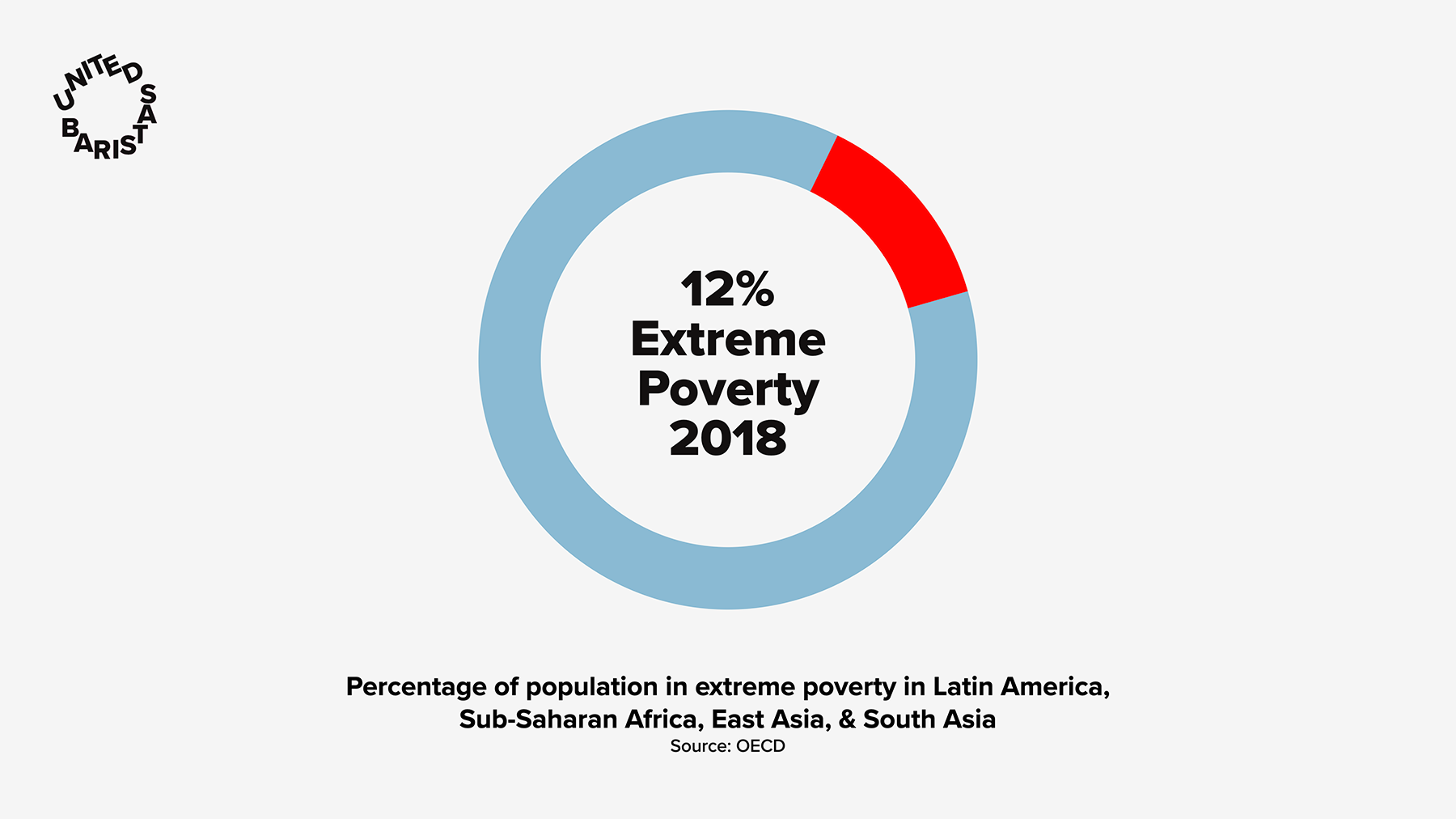
Significant development gains have been made since then, particularly with the international effort to achieve the Millennium Development Goals. By 2018 the proportion of people living in extreme poverty in these same coffee-growing regions had decreased to 12%, despite significant population growth.
It’s an impressive achievement, but there is still much work to do.
The poverty line
So we are clear about the scale of the challenge facing us and just how urgent the situation is, it’s important to appreciate that ‘poverty’ is defined as having an income of less than around £1.80 per day.
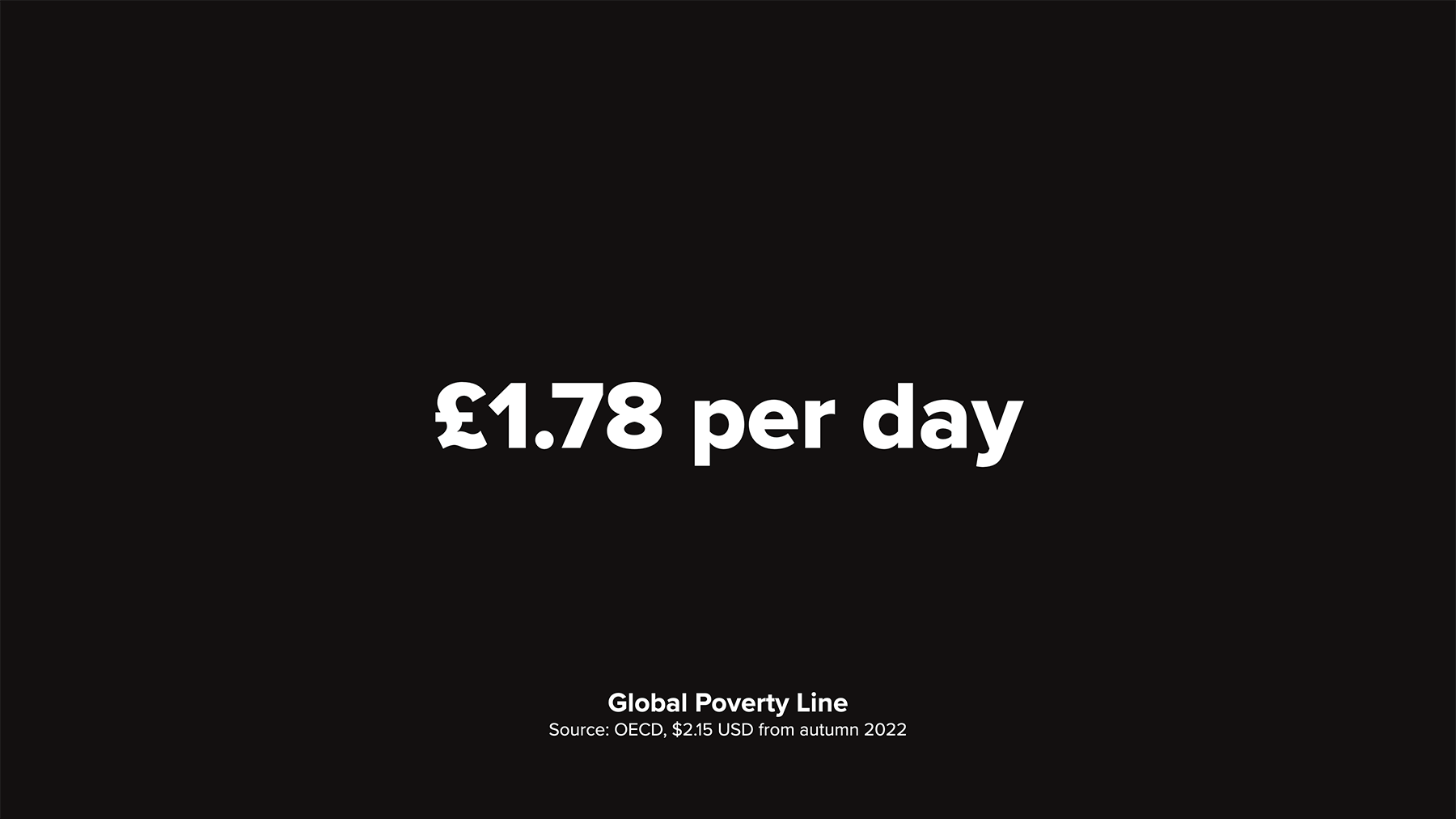
Coffee is able to play a significant role in the global development agenda with a number of development agencies exploring ways to lift the rural poor out of poverty through coffee production.
Across the globe there are currently 25 million farming families that depend on coffee for their livelihood. And between 60 and 100 million people earn income across the supply chain from crop to cup. Coffee people and businesses are strategically positioned, staggeringly well-connected and in contact with some of the world’s poorest citizens.
Despite the scale of the challenge of ending extreme poverty, coffee’s reach and size allows us to do amazing things. Development economists Sachs, Cordes, Rising, Toledano and Maennling calculate that it would cost just 1 US cent from every cup of coffee drunk to lift all people involved with coffee production out of extreme poverty.
This is the right moment to think of specialty coffee both as high quality coffee and as a development tool. Of course, to achieve this goal, we need to make specialty coffee the very definition of sustainable.
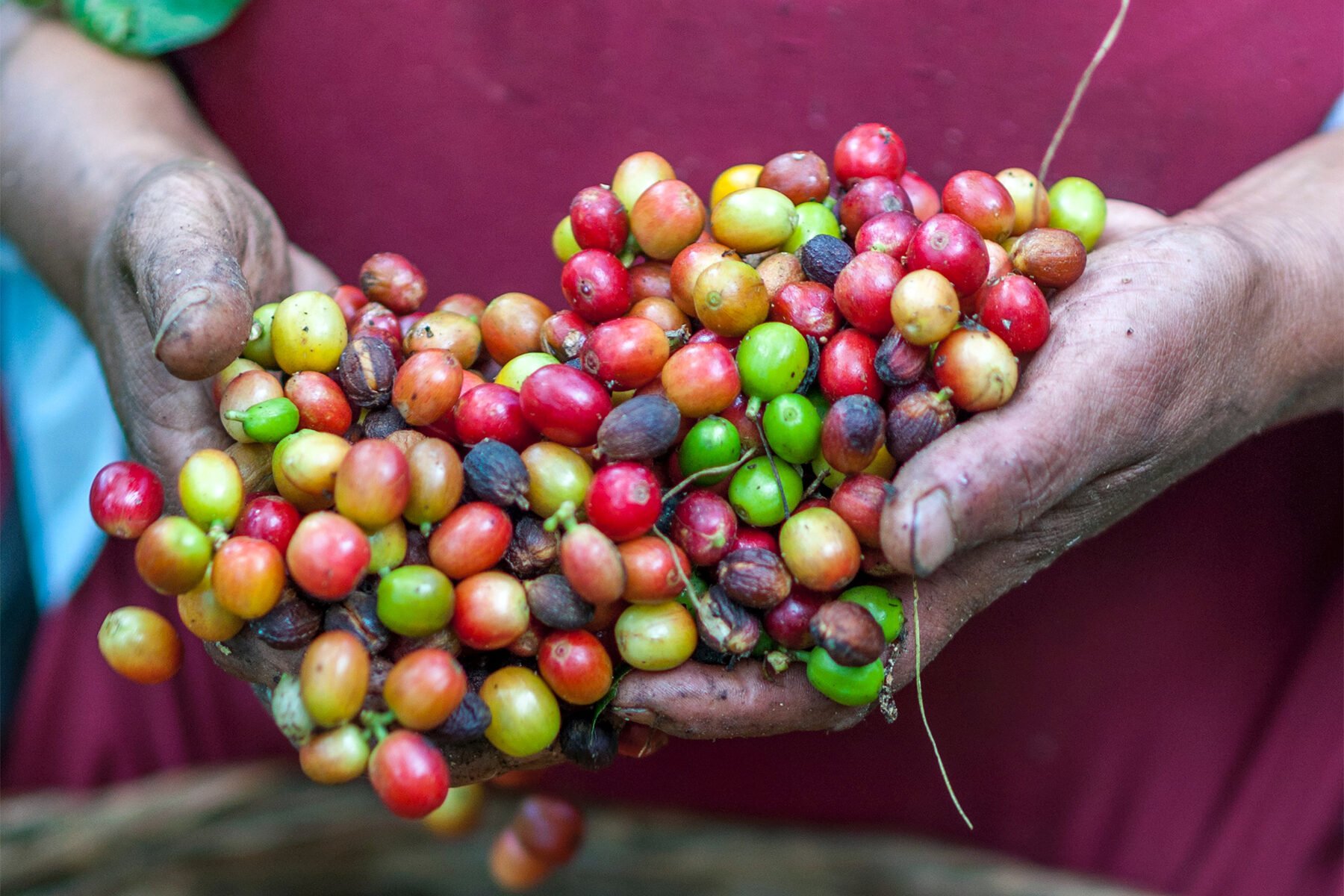
Why sustainability is now central to development
One of the key reasons so many people were lifted out of extreme poverty in recent decades has been the abundance of cheap energy.
From the beginning of time until around 1800 almost all power came from human muscles or water wheels, wind and beasts of burden. The breakthrough that instigated global development was the coal-fired steam engine, which enabled the creation of railways and factories. Greater connectivity and boosts to human productivity led to urbanisation, technological development, healthcare and innovations such as the internet. Our contemporary life has been made possible with a ready supply of relatively cheap energy.
It took around two hundred years for energy to become universally available and globally cheap enough to lift people in developing countries out of poverty, just as it had for people living in the countries of the global north over the decades prior.
Over this time, we also learnt how to create increasingly powerful forms of energy to power development with other fossil fuels, namely oil and gas. The great challenge before us is that while increasing energy consumption has lead to higher standards of living for many of the world’s citizens, is has also led to greenhouse gas emissions, which cause global warming.
It’s clear that good information and deep thinking will be required for coffee people and businesses to make sustainable decisions. We need to identify where the opportunities exist for specialty coffee to support the global sustainable development priorities; and to make tough, informed decisions where they don’t.
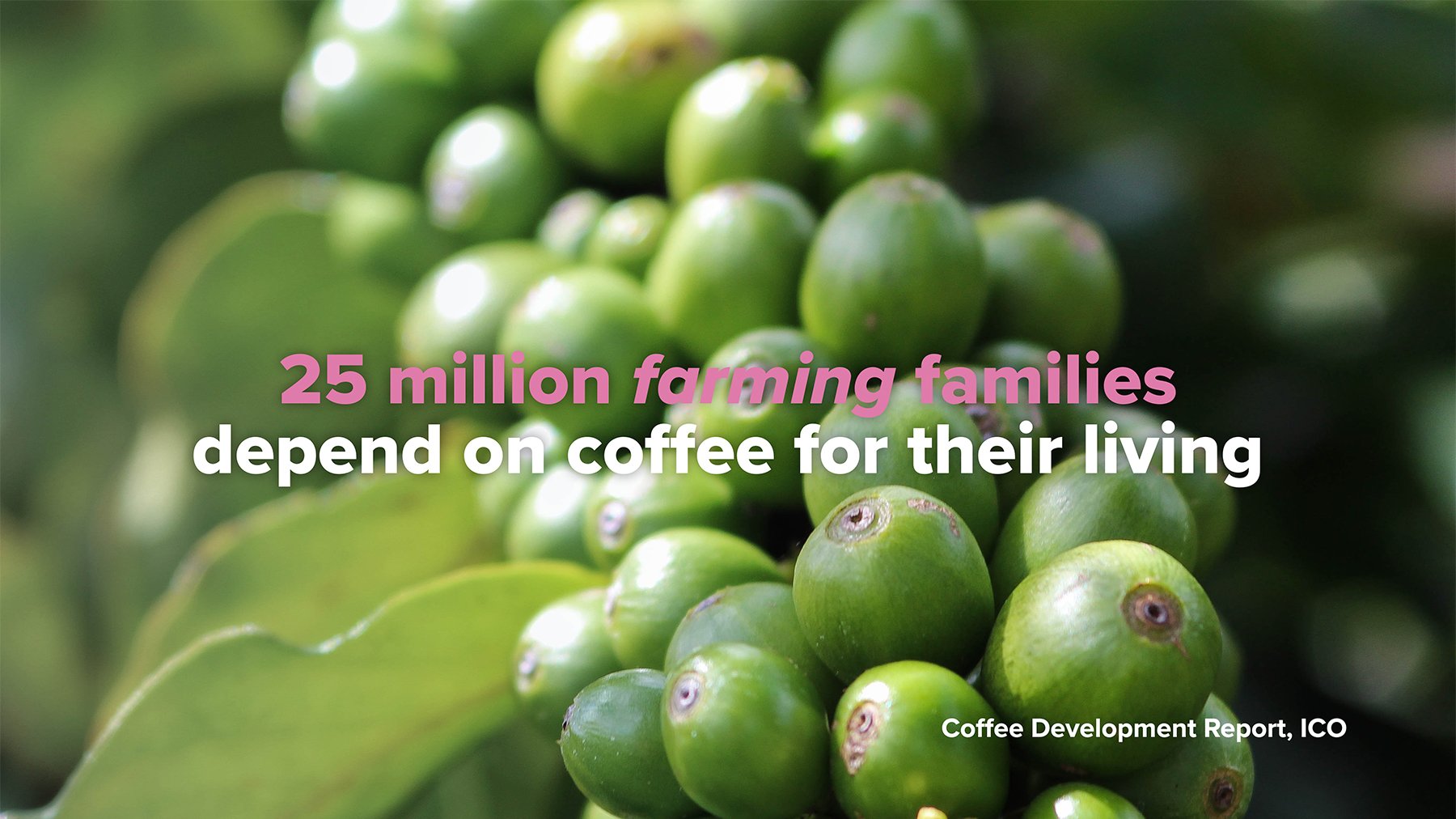
Providing focus
To help both people and business focus their efforts, the international community gathered together in 2015 to identify the outcomes sustainability needs to achieve. The result was the 17 Sustainable Development Goals (SDGs) and a set of targets for 2030. The international community has come a long way since the UN conferences in Stockholm 50 years ago.
A key starting point for understanding the SDGs is that richer countries have better health for their citizens, who in turn are more productive over their lives, and make their countries richer. It’s a virtuous upwards cycle. In the video below global health expert Hans Rosling neatly displays the correlation.
The global increases in health and wealth since the industrial revolution have largely been driven by abundant and relatively cheap energy sources in the form of fossil fuels. The challenge before us is that the next phase of development needs to occur without developing countries burning the same quantities of fossil fuel that enabled countries like the UK and European countries to become wealthy and healthy.
Equally, developed countries will not be able to retain quality of life without dramatically reducing our carbon footprints. It’s tragic – and an indicator of the injustice at the heart of many development issues – that it is coffee drinkers in developed countries that cause the vast majority of coffee’s carbon footprint and coffee producers who are suffering the greatest impact from global warming. United Baristas has already explored the key causes of coffee’s carbon footprint as well as identified ways the coffee industry can dramatically reduce its carbon emissions.
In the context of coffee, we need to ensure that our practices today don’t infringe on future coffee people’s opportunities to grow, export and make coffee for a fair and decent living. It’s a multi-faceted challenge, but there are several key, interrelated tasks:
- Lift coffee producers out of poverty and enable them to have full, productive, healthy and fulfilling lives
- Protect the future of coffee production by cutting our carbon footprints
- Further develop resilient and viable paths to market for specialty coffee
- Build and support viable coffee businesses
- Pay people fairly for their labour across the entire coffee supply chain, from crop to cup, by boosting productivity, using technology and applying best practice
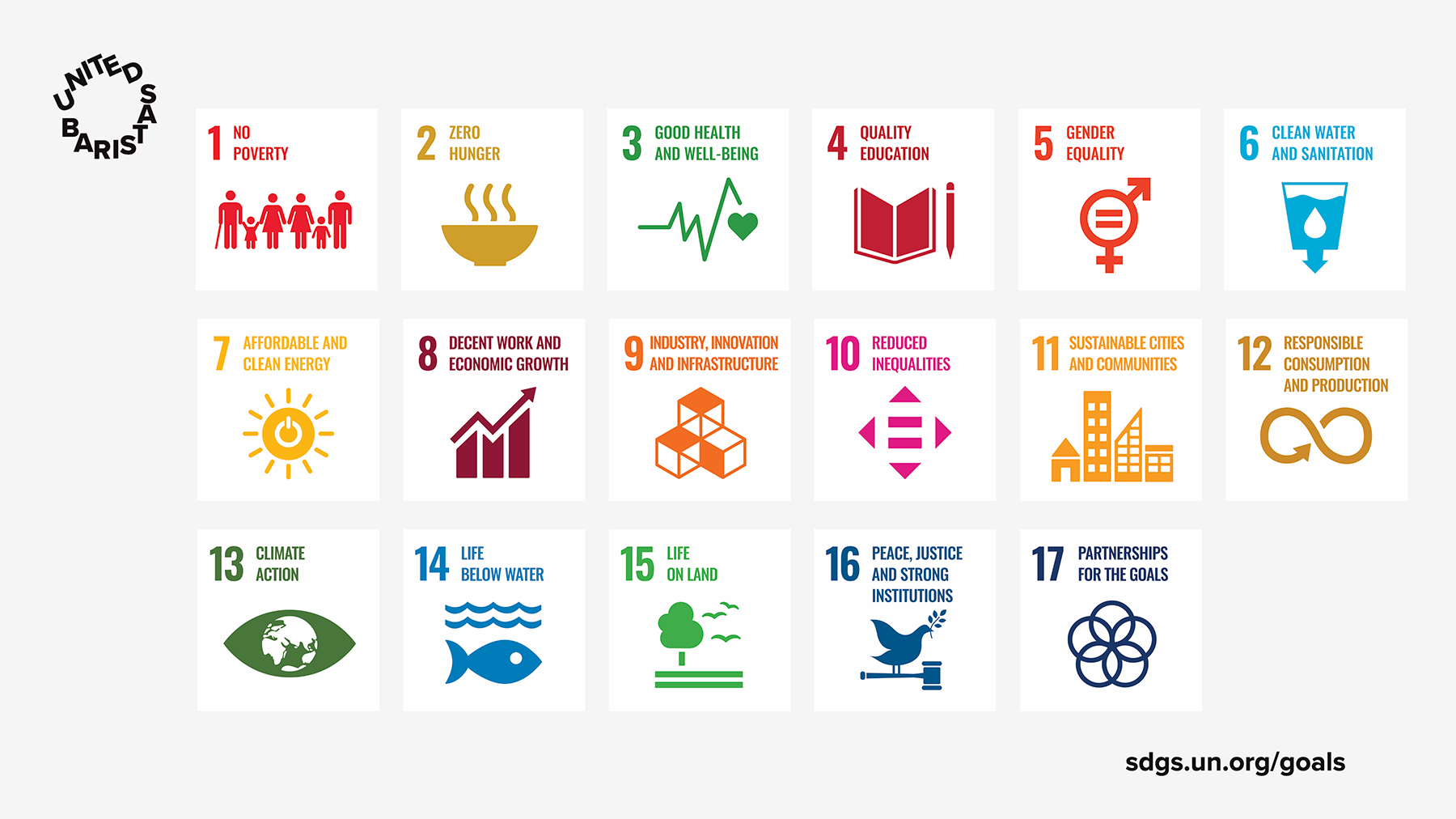
Making specialty coffee more sustainable
Over the past three decades specialty coffee has successfully built paths to market for distinctively-tasting coffees. It’s a massive success story as we’ve managed to compellingly communicate to millions of consumers that paying a bit extra for better tasting coffee improves their quality of life.
The next phase of specialty coffee should be to ensure that these paths to market are both viable and sustainable. It’s a significant challenge, a massive undertaking and essential if we are going to build an enduring industry that does good in the world.
Introducing the new series
The observant amongst you will have noticed that United Baristas has long-championed sustainability, tackling issues from wages to waste, productivity to pricing, and carbon dioxide to careers.
Our first series explored the financial viability and performance of coffee shops. In our assessment it is critical that these consumer-facing businesses are sufficiently profitable to fund the entire supply chain upon which they are built.
Our second series explored the carbon footprint of a cup of coffee and found that the majority of emissions come from the making and drinking of the coffee; not its growing or production. We’ve been working to help people and businesses reduce their carbon footprints ever since.
This article starts a new series addressing the social dimensions of sustainability across the coffee supply chain. It also brings together multiple themes to build a picture how specialty coffee can be more sustainable.
We hope that you’ll find this, and the forthcoming articles, useful when thinking about enhancing the sustainability of specialty coffee. It’s a huge challenge and is going to require the coffee community’s best work yet. But we can think of nothing more significant or worthwhile. In fact, our shared future depends upon it.
Join Us
Join United Baristas as we continue our work to make specialty coffee more sustainable 🌱
How can speciality coffee be more sustainable?
What are you doing to make specialty coffee more sustainability? Do your actions align with the sustainable development goals?
Let us know, we’re on all the usual channels.
References and further reading
- Coffee Development Report 2019: Growing for prosperity Economic viability as the catalyst for a sustainable coffee sector, International Coffee Organisation
- Ensuring Economic Viability & Sustainability of Coffee Production, October 2019; Jeffrey Sachs, Kaitlin Y. Cordes, James Rising, Perrine Toledano, and Nicolas Maennling; Columbia Center on Sustainable Investment
- Our Common Future
- United Nations Conferences on Environment and Sustainable Development





